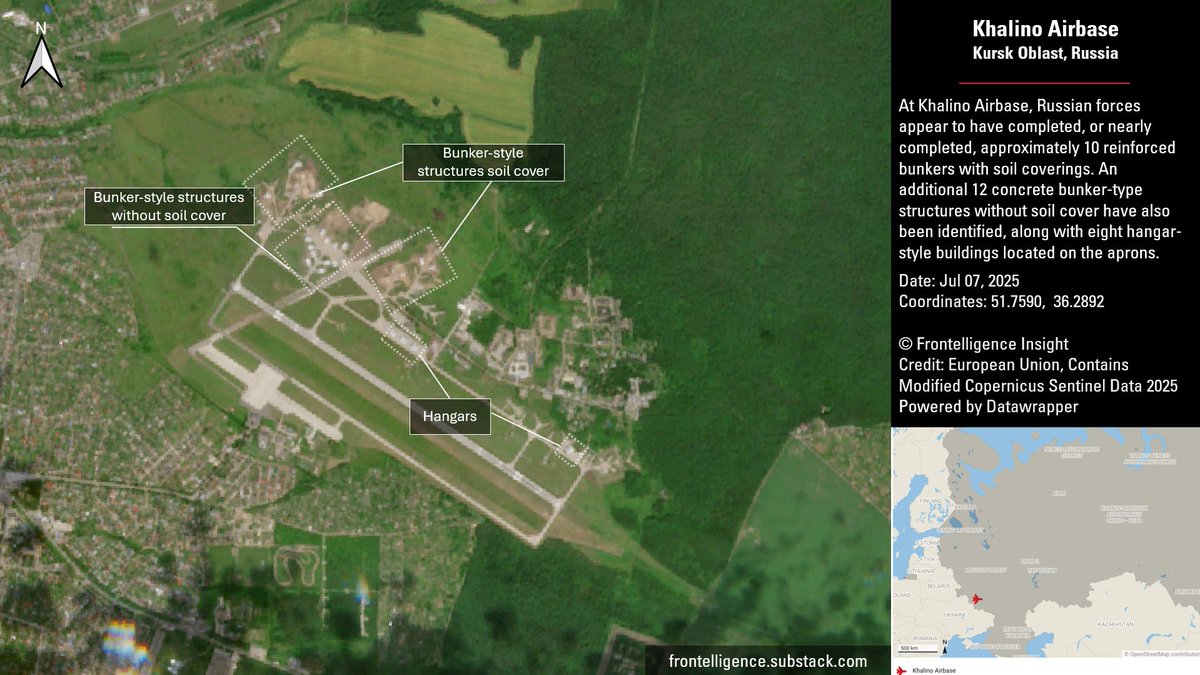From the Barents Sea to China’s southern coast, Russia’s tanker fleet has been quietly tracked by Ukrainians. Thanks to an investigation by the analytical group Dallas Park, we now know more. With their permission, I analyzed the report and put together a thread of key takeaways: 
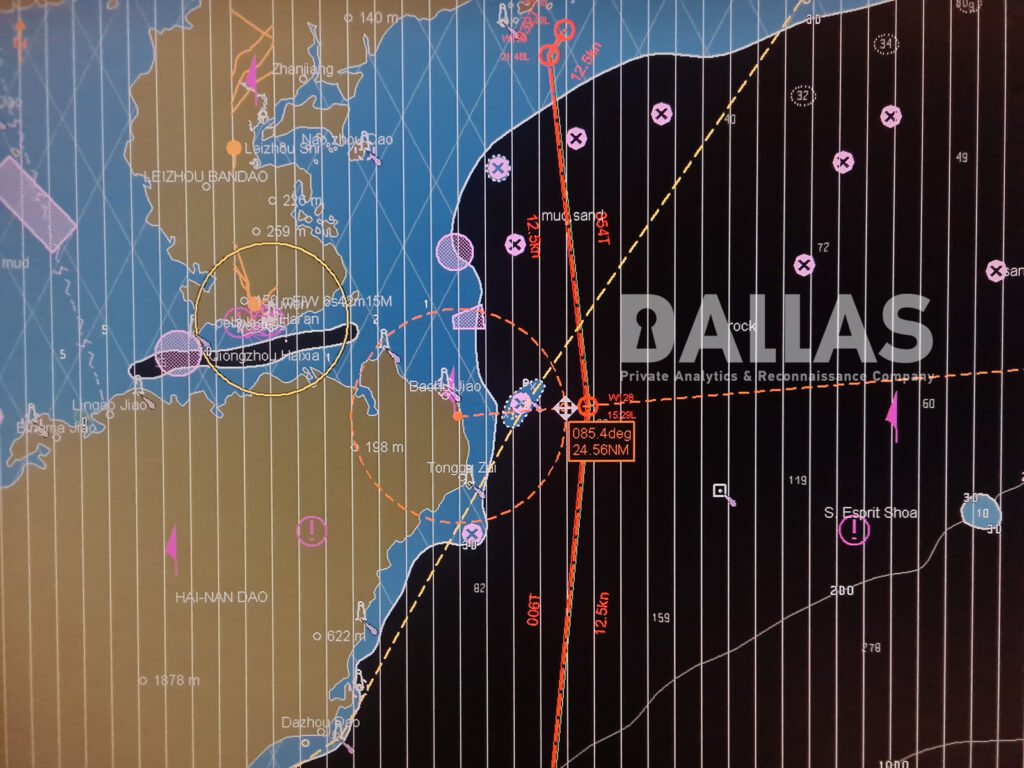
2/ Built in 2011 and flagged in the Marshall Islands as SUEZ VASILIS, the oil tanker was reflagged to Liberia in 2021 and renamed NAUTILUS I. In November 2022, after Russia’s invasion, it changed owners, managers, flag, and name again, becoming SABLE under the Panama 

3/ In November 2023, Mikhail Gushchin became the ship’s master, according to a signed contract in Primorsk, Russia. At the time, the vessel was managed by Prominent Shipmanagement Limited.


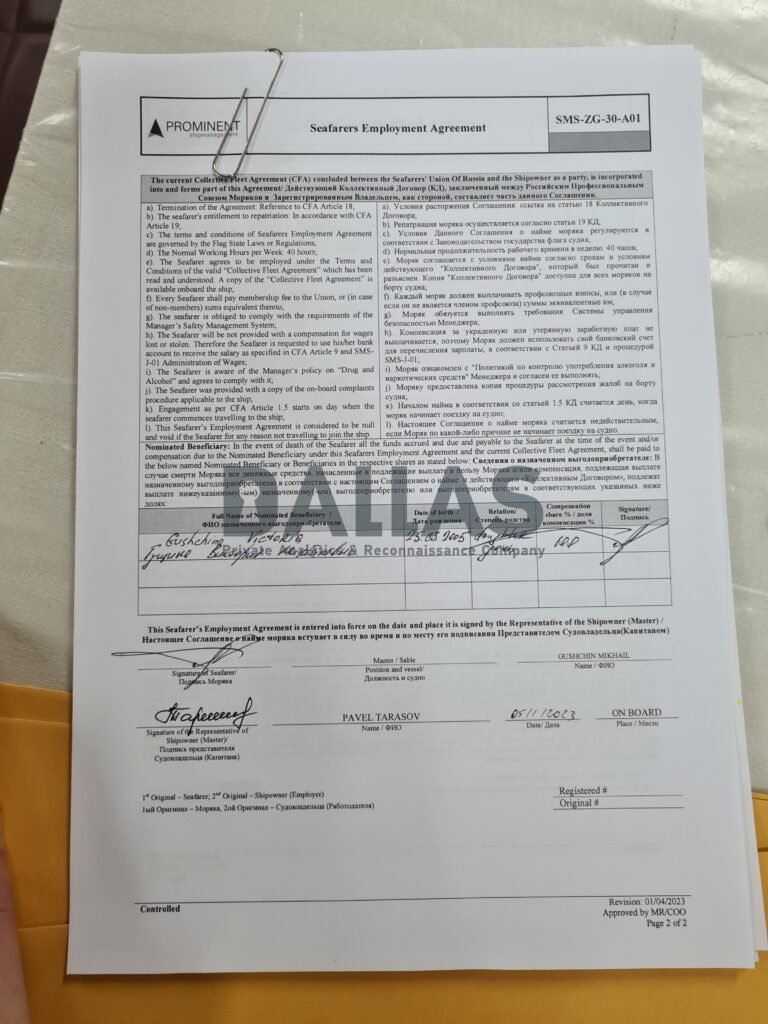
4/ Thanks to screenshots taken by Gushchin himself, it’s confirmed that SABLE made at least two trips to China during his command. One screenshot, dated November 20, 2023, shows the vessel en route from Primorsk to Zhoushan, China, with an expected arrival around December 20. 

5/ On December 19, Gushchin received new routing instructions. Gazpromneft, the Russian oil giant, told him to sail to the Suez Canal after delivery and await further orders. According to logs, the vessel left Murmansk in early February 2024, carrying 140,000 tonnes of Arctic oil 
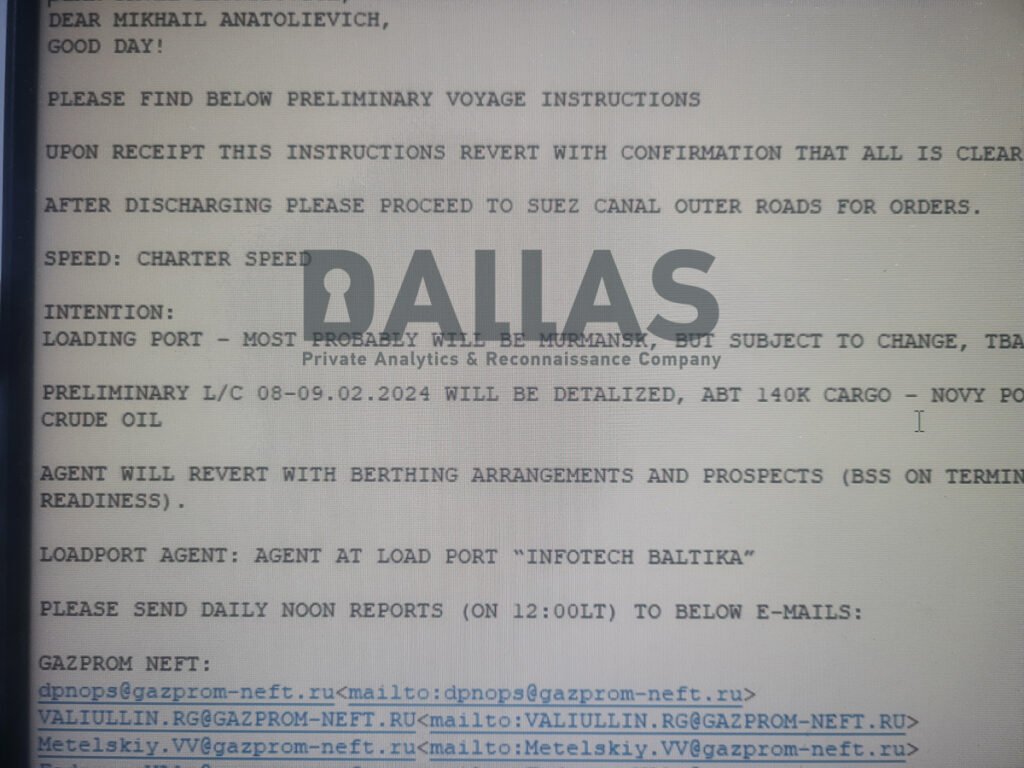
6/ On February 2, Gushchin received additional orders: he was to load 140,000 tonnes of another Arctic crude (ARCO grade) in Kola Bay, near Murmansk. He photographed the loading between February 4 and 5 -- notably, it took place via ship-to-ship transfer. 



7/ The tanker then continued through the Suez Canal en route to China. On February 13, Gushchin sent a report to his employers at Gazpromneft revealing the voyage’s final destination: the Chinese port of Shuidong, with an expected arrival on March 18, 2024. 
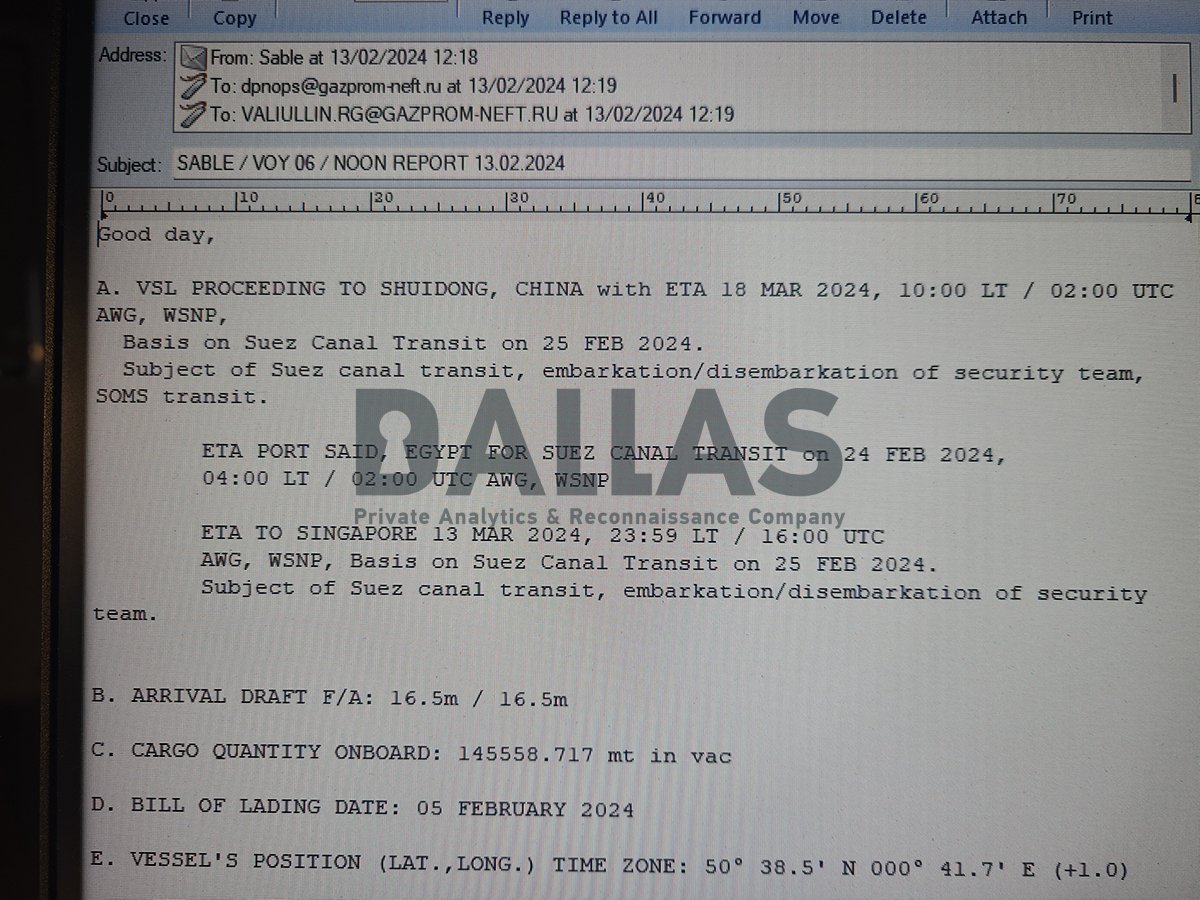
8/ The unloading of Russian oil was scheduled for March 19–21, 2024. Below is an Excel form filled out by Gushchin for the Chinese port, showing the vessel order for cargo unloading - SABLE is listed as number one. Also included: a photo taken near the Chinese coast: 

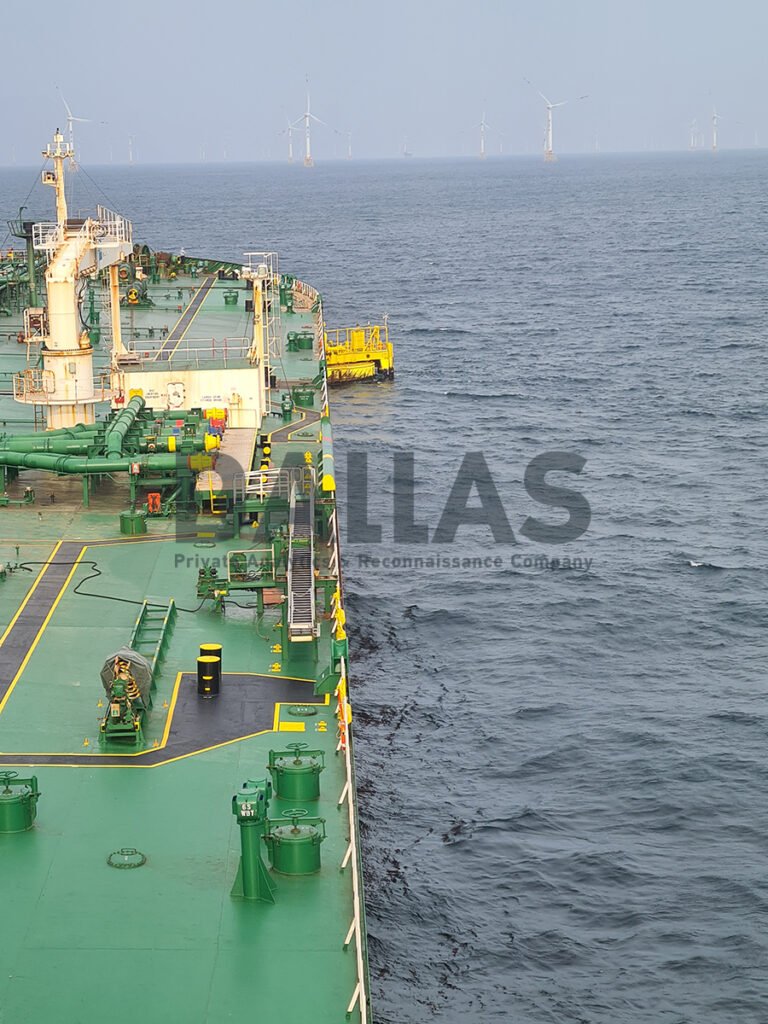
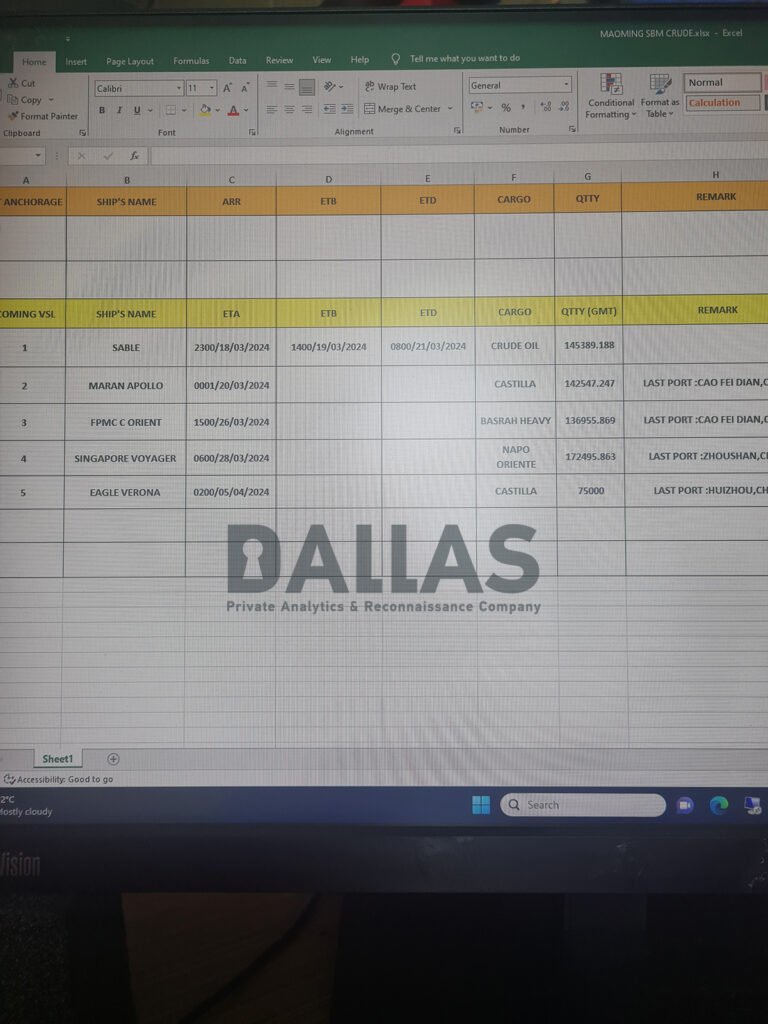
9/ In January 2025, the U.S. tightened sanctions on Gazprom Neft and Surgutneftegas, targeting over 180 vessels - including Sable. However, even if China officially bans sanctioned ships from entering its ports, it can still receive Russian oil through offshore transfers 
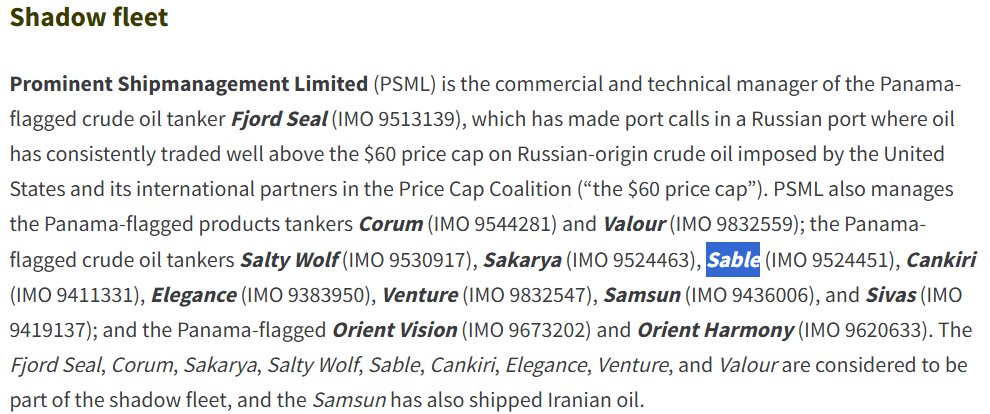
10/ Another emerging issue is Russia’s use of the Northern Sea Route to bypass restrictions, as shown in this navigation record of the Mikhail Ulyanov tanker en route from Russia to China. Solving this problem will require more sophisticated countermeasures 

11/ Thanks for reading this investigation. If you found it valuable, please like and share the first post in the thread - and consider following. I also strongly recommend checking out the full report by Dallas Park, which includes many more details:
https://x.com/dallasparkua/status/1944672332347285835
• • •
Missing some Tweet in this thread? You can try to
force a refresh



